This unique exhibit explores the time period of the late 1960’s into the early 1970’s, where a transition to shorter boards came about from the large, heavy longboards of the past.
Examples of boards from Australia, Hawaii, and the United States are featured, as well as homemade attempts to modify longboards into the new shortboard styles to follow the craze.
No Title
A walk-through of the “Shortboard Revolution Evolution” exhibit at the Florida Surf Museum. This exhibit explores the transition from long, plank style boards, into shorter, more maneuverable boards during the late 1960’s into the early 1970’s. Several Florida shaped boards are featured, showing how the influence was felt on the East Coast.
From the time the ancient sport of surfing was re-discovered by visiting tourists in Hawaii, to the time it was again re-discovered by the masses in the late 1950s, the surfboard had relatively few major leaps in design. Tom Blake halved the weight of surfboards – from over 100 to around 50 pounds – making surfboards easier to carry for the average person. But by and large, surfboards remained around 10 feet in length, which limited their capability to deviate from a straight line.
The movie Gidget was the first warning shot that things were about to change. Suddenly surfing became wildly popular and hordes of kids stormed the beaches eager to try this cool “new” sport. And the kids weren’t satisfied surfing tall and straight like their elders did. They wanted to “hotdog” on the waves – turning, climbing, dropping or perching on the nose as long as possible. The surfboards became lighter and more maneuverable. The Shortboard Revolution was about to happen.
From around 1967 to 1970 – the Transitional Era of the Shortboard Revolution- surfboards decreased in length from 10 feet to less than 7 feet – the most radical change in surfboard design history. The charge was led primarily in Australia and Hawaii. The enigmatic American George Greenough had moved to Australia earlier and the local surfing population was shocked by the radical surfing of Greenough on his five-foot kneeboard. Australian shapers such as Bob McTavish began making short, wide surfboards suitable for average Aussie waves. Meanwhile, in Hawaii, the legendary shaper Dick Brewer began experimenting with sleek and narrow “mini-guns” suitable for handling the powerful Hawaiian surf. This caused an explosion of innovative, high-performance surfing which was rapidly cross-pollinated to the U.S. by world-traveling surfers.
The first attempt at shortboards was basically the traditional surfboard with a couple of feet lopped off the end. Surfers wanted more maneuverability, but they wanted to be able knee paddle and nose-ride as well. It soon became apparent that these desires were incompatible with the direction surfing was going and they were quickly abandoned.
The problem was that no one really knew what the high-performance surfboard should look like. Every conceivable variation was tried. Wide, narrow, thick, thin, fat tails, skinny tails, vee-bottoms, tri-planes, knife rails, square rails. Backyard surfers shaped a board in the morning, rode it, then immediately knocked off the fin, re-shaped the rails and tested the new design the next morning. The established surfboard manufacturers struggled to keep up with the trends but were inevitably behind the design curve. Many who could not keep up soon went out of business.
By the early ‘70s the basic parameters of the modern shortboard were sorted out and the sport began its rapid escalation into modern high-performance surfing. But there was never again a period where so many strange and futuristic surfboard designs influenced the surfing universe.
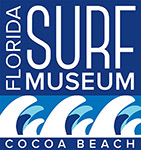


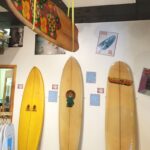

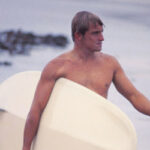
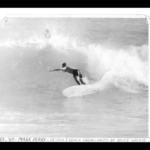


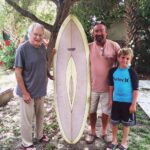

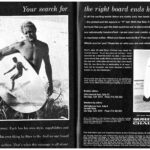
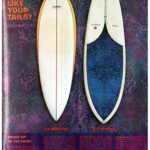
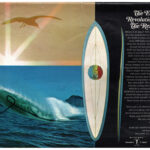
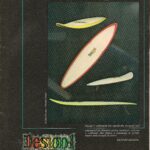
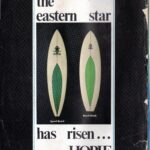
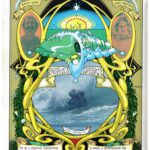
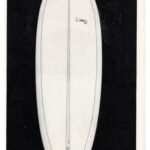
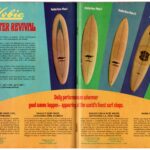
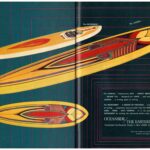
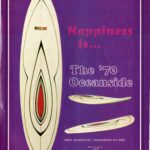
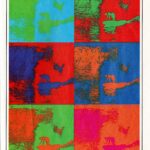
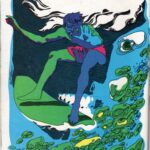
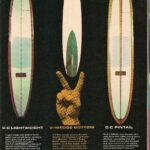


Can boards be donated to the museum?
Yes, we accept board donations.